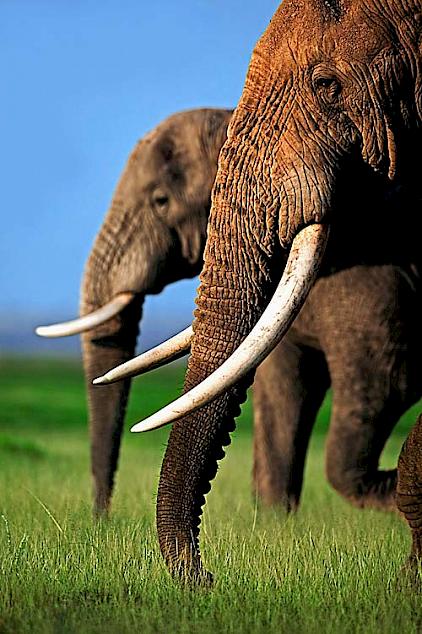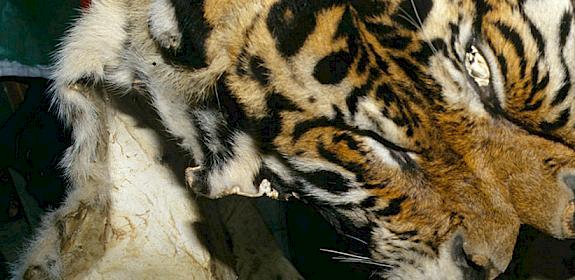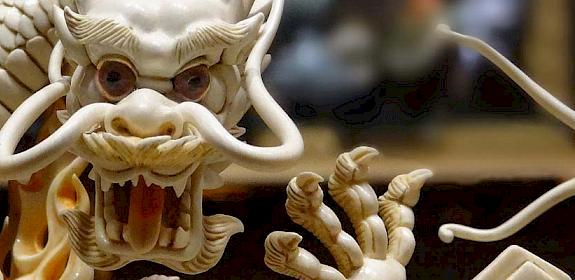CITES: UN wildlife convention gives green light to ivory sale
The Hague, The Netherlands, 2 June 2007—A limited sale of ivory has been approved by a committee ahead of this week’s Convention on International Trade in Endangered Species of Wild Fauna and Flora (CITES) which opens officially Sunday.
The so called “one-off ivory sale” was provisionally approved for Botswana, Namibia and South Africa at a previous CITES meeting in 2002 – but could not go forward until certain decisions and criteria were met.

The “Standing Committee” of the CITES Convention concluded Saturday that Japan meets the necessary requirements to be an importing party. The committee also agreed that a scientific system to monitor elephant poaching had provided sufficient data.
“Although we agree Japan has met the necessary requirements, we caution that the sale should be closely monitored. This would include an annual report to the CITES parties on levels of ivory going through the system in Japan to ensure early detection of potential problems or trends,” said Dr Susan Lieberman, Director WWF Global Species Programme.
Botswana, Namibia, and South Africa have committed to, and are required by CITES to use the revenue derived from the sale exclusively for elephant conservation and community development programmes.
The concept of a “one-off sale” of ivory means that designated stocks of ivory can be auctioned in a single event and exported to a CITES-approved ivory importing nation. No re-exports are allowed and the importing country is required to implement tight controls. The ivory is from registered, government-owned stocks and originates either from elephants that died from natural causes, or problem animals.
China also put in a bid to be allowed to import ivory, which went to a vote. Committee members voted 6 for, 6 against. The tied vote was rejected and China may ask again in a future meeting.
“Between December 2006 and January 2007, TRAFFIC conducted market surveys in seven Chinese cities. Despite some improvements, there was clear indication of the resilience of the trade and the probability of significant quantities of illicit ivory in China,” said Steven Broad, Executive Director of TRAFFIC.
According to WWF and TRAFFIC, recent problems in illegal ivory trade in Africa stem largely from ivory originating in West and Central Africa.
WWF and TRAFFIC want the African Elephant plan agreed at the last CITES meeting in 2004 to be made effective. That plan required every African country with a domestic ivory market either to impose strict controls on the trade, or shut it down altogether. With the exception of Ethiopia the implementation of this action plan has been disappointing and had little impact.
According to WWF and TRAFFIC the real driver of poaching and illegal ivory trade is unregulated domestic ivory markets.
Notes:
In 1989, all African elephant populations were listed in Appendix I of CITES, which imposed a global ban on international commercial trade in elephant products (the Asian elephant had been in CITES Appendix I for many years). Subsequently the populations of Botswana, Namibia, Zimbabwe, and South Africa were transferred to CITES Appendix II, which allows for regulated trade in listed species. Subsequently, CITES Parties have twice approved limited, conditional one-off sales of ivory from four southern African countries (South Africa, Namibia, Botswana and Zimbabwe) whose elephant populations have been transferred to Appendix II.



